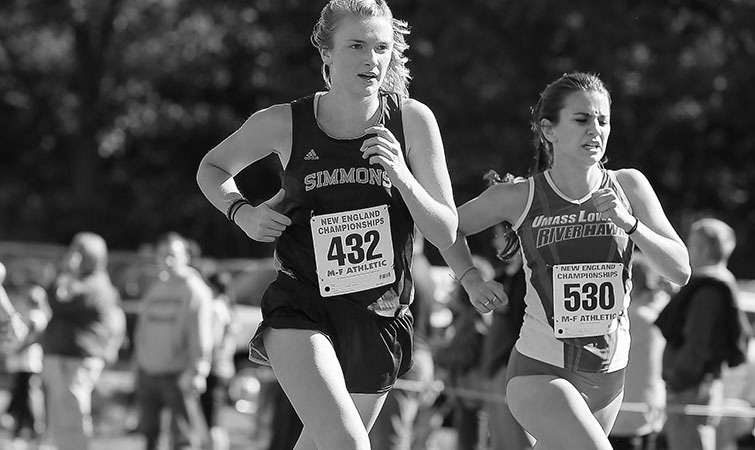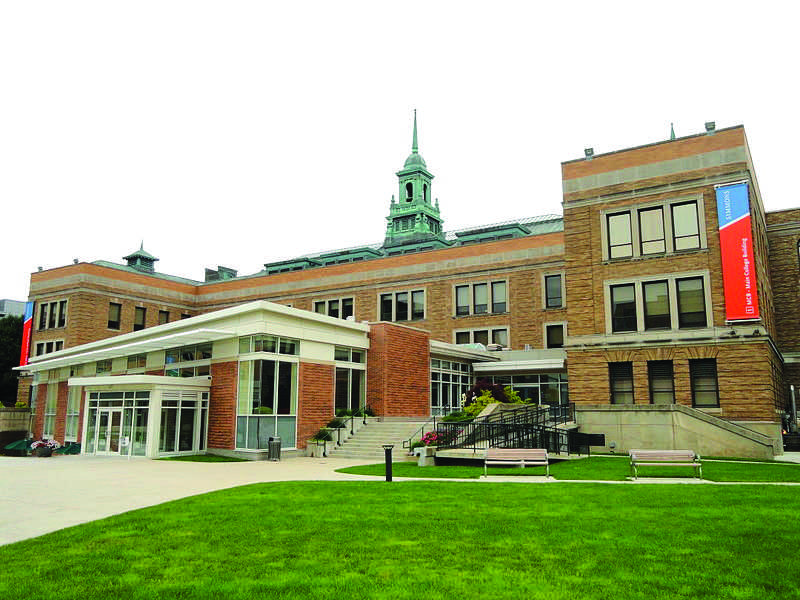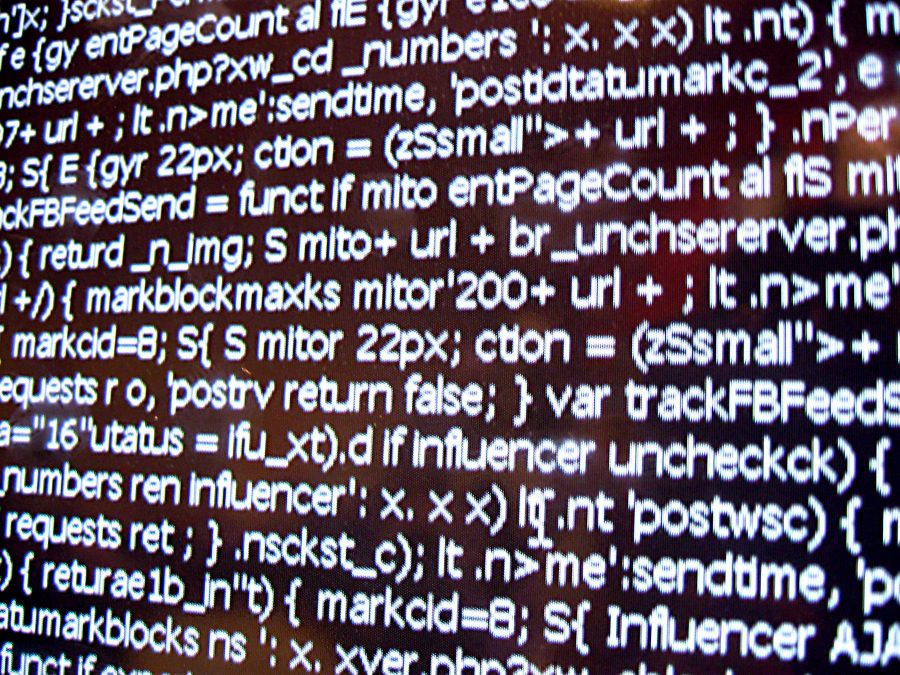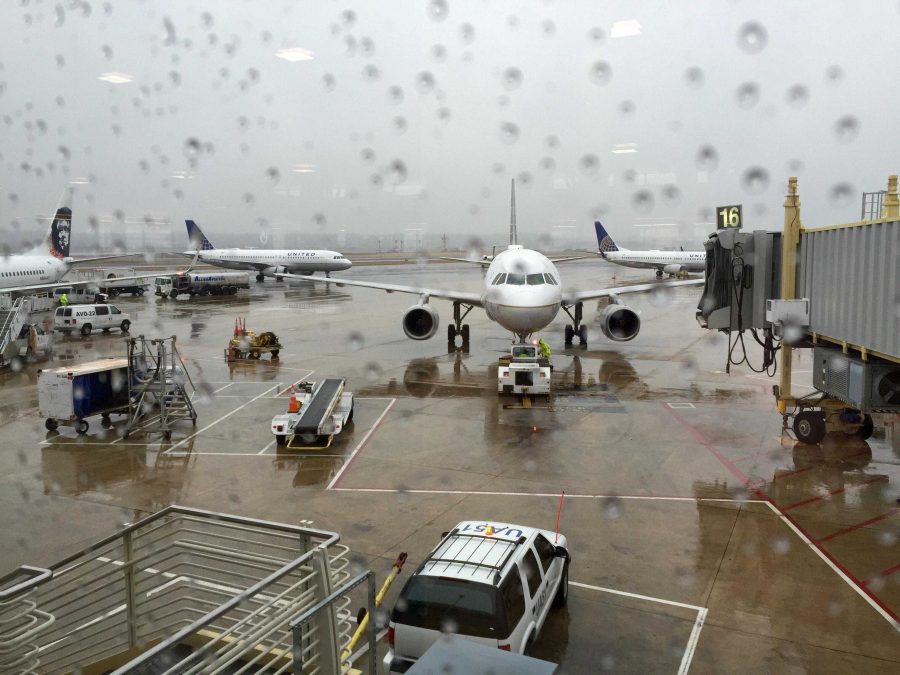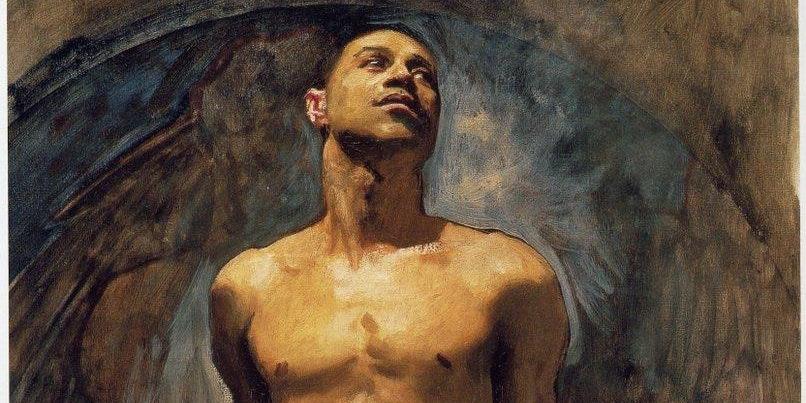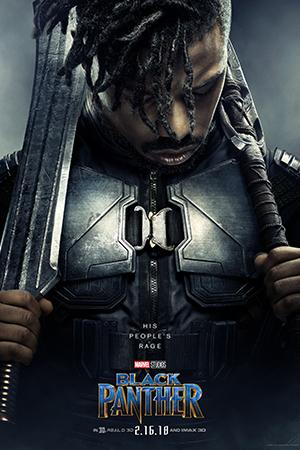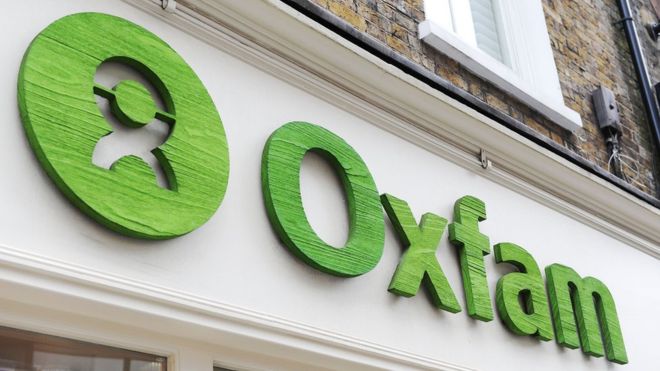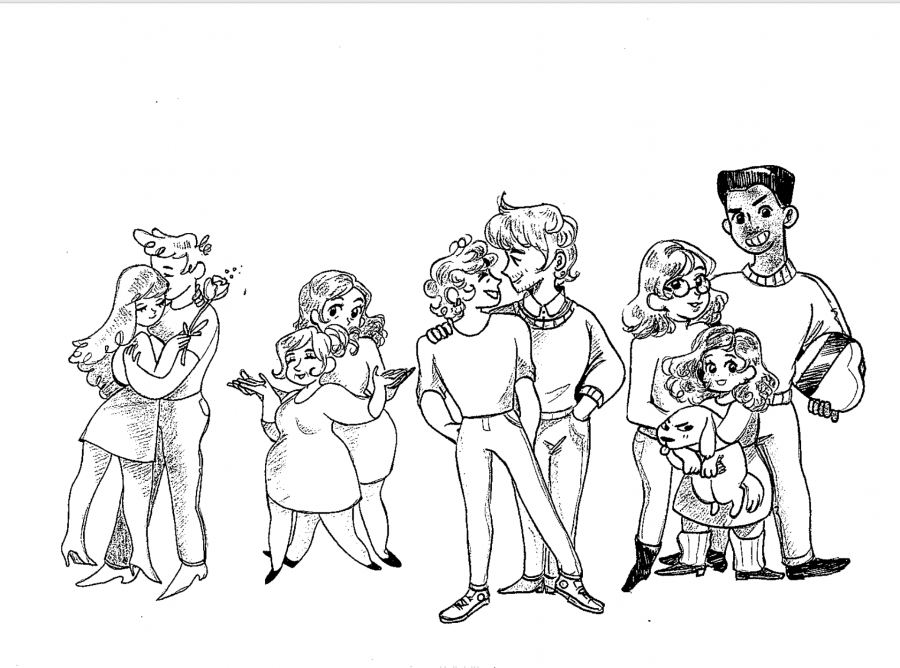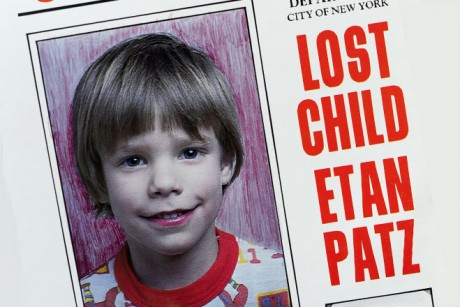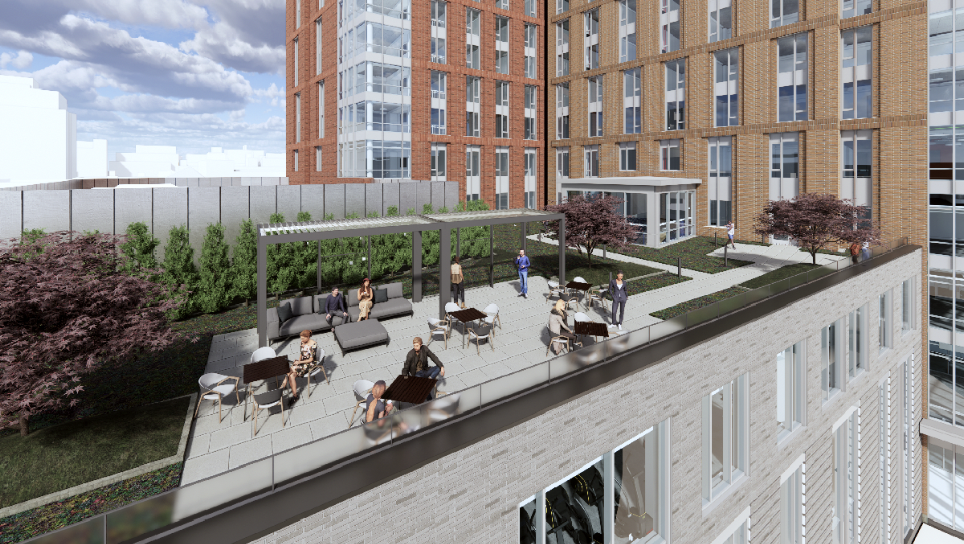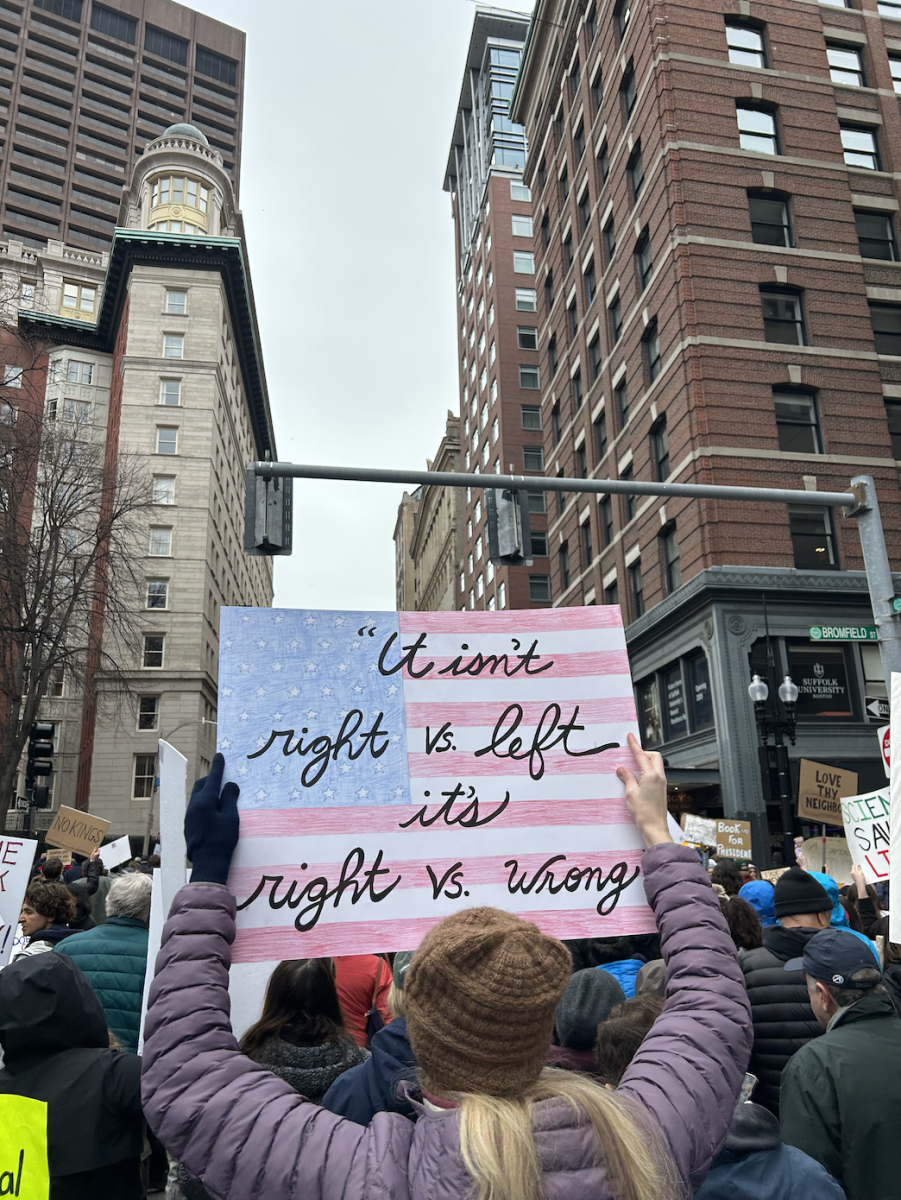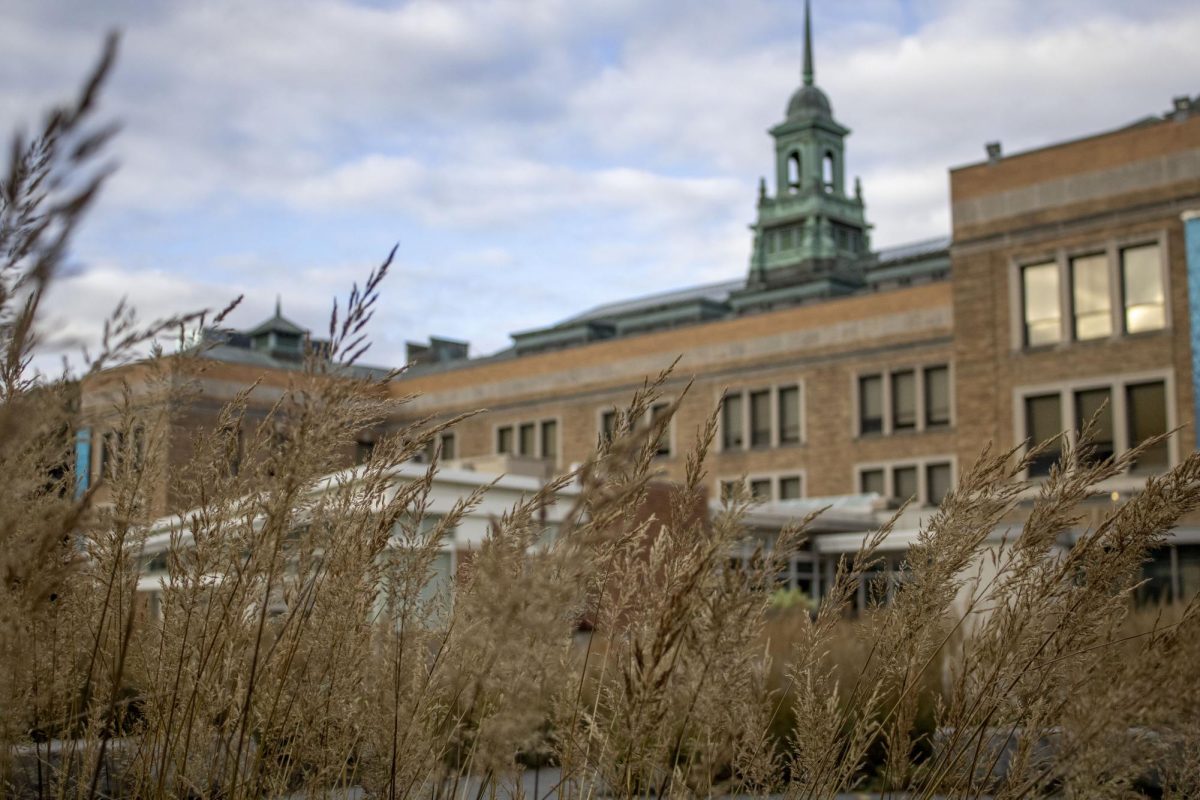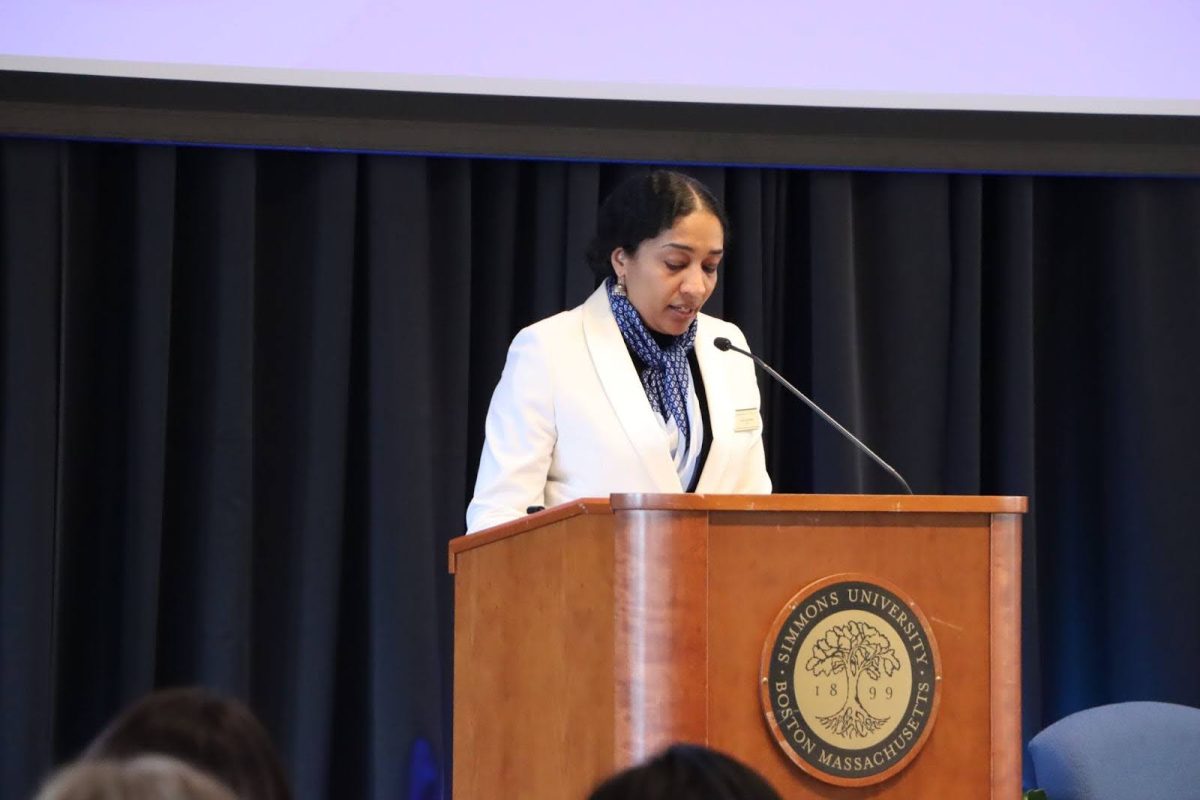By Alison Barnett
Contributing Writer

Last Tuesday Simmons’ Black Student Organization (BSO) hosted “A Call to Action: Where Do We Go From Here?”, the last event of the College’s Black History Month celebration.
The event was a panel discussion of events concerning race and police brutality. After Michael Brown, an African American teenager from Ferguson, MO was shot and killed by a police officer last summer, protests erupted around the country and continued after the officer was not indicted. The shooting, along with a few similar incidents, inspired this event.
BSO President Sandy Lopes opened the event, saying that this panel should be “a time of reflection and a time to educate each other.”
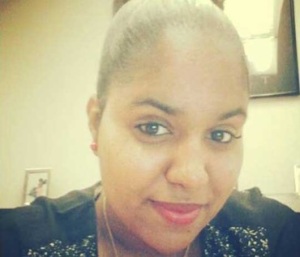
She presented a video from PBS, showing Simmons alumna Gwen Ifill hosting a town hall meeting on the Ferguson shooting and the protests that followed. Lopes then invited the panelists, Renee White, the Dean of the College of Arts and Sciences, Professor Daren Graves, as well as seniors Zenaida Peterson and Elsie Mayo, to speak about the issues that recent events have brought into the forefront of American life.
White referenced Attorney General Eric Holder, who appeared in the PBS video, saying, “America lacks the courage to discuss race.” White said that Americans are encouraged to think of different communities as incompatible.
Graves pointed out that racism in law enforcement can have deadly consequences, adding that the community must find out why we are seeing these disparities. People in Ferguson are overrepresented in arrests and the Michael Brown shooting was just “the straw that broke the camel’s back.”
Last year, Atlantic Magazine reported that while Ferguson’s population is 63 percent African American, 86 percent of vehicle stops and 92 percent of searches were performed on African Americans.
Mayo, who grew up in a majority African-American neighborhood in Washington, D.C, said she saw police in her neighborhood often, and didn’t associate police with protection while growing up.
White said that racism has changed, and that we’re in a different historical moment than we were in the past.
“If there’s racially motivated violence, you should call it that,” White said.
The conversation turned to how racism is often not “something people do to one another,” as Graves said, and often something socialized and subconscious.
Peterson mentioned a video game test given to a diverse group of people where they had to shoot people who they thought had a weapon. All groups shot people with dark skin more often. Graves added that very young children tend to internalize negative attitudes about race.
One audience member asked about the architects of racism in American society to which Graves answered by talking about how protestors, both today and in the past, are portrayed badly, for example, as looters.
“People are trying to wrap their heads around civil disobedience,” Graves said. He also mentioned that Trayvon Martin’s trial changed from deciding whether George Zimmerman killed someone to whether Trayvon Martin deserved to be killed.
Peterson said that “people are uncomfortable with the protest because they are in your face,” adding that it is easy for people to stay colorblind on the nuances, causing them to miss the big picture.



